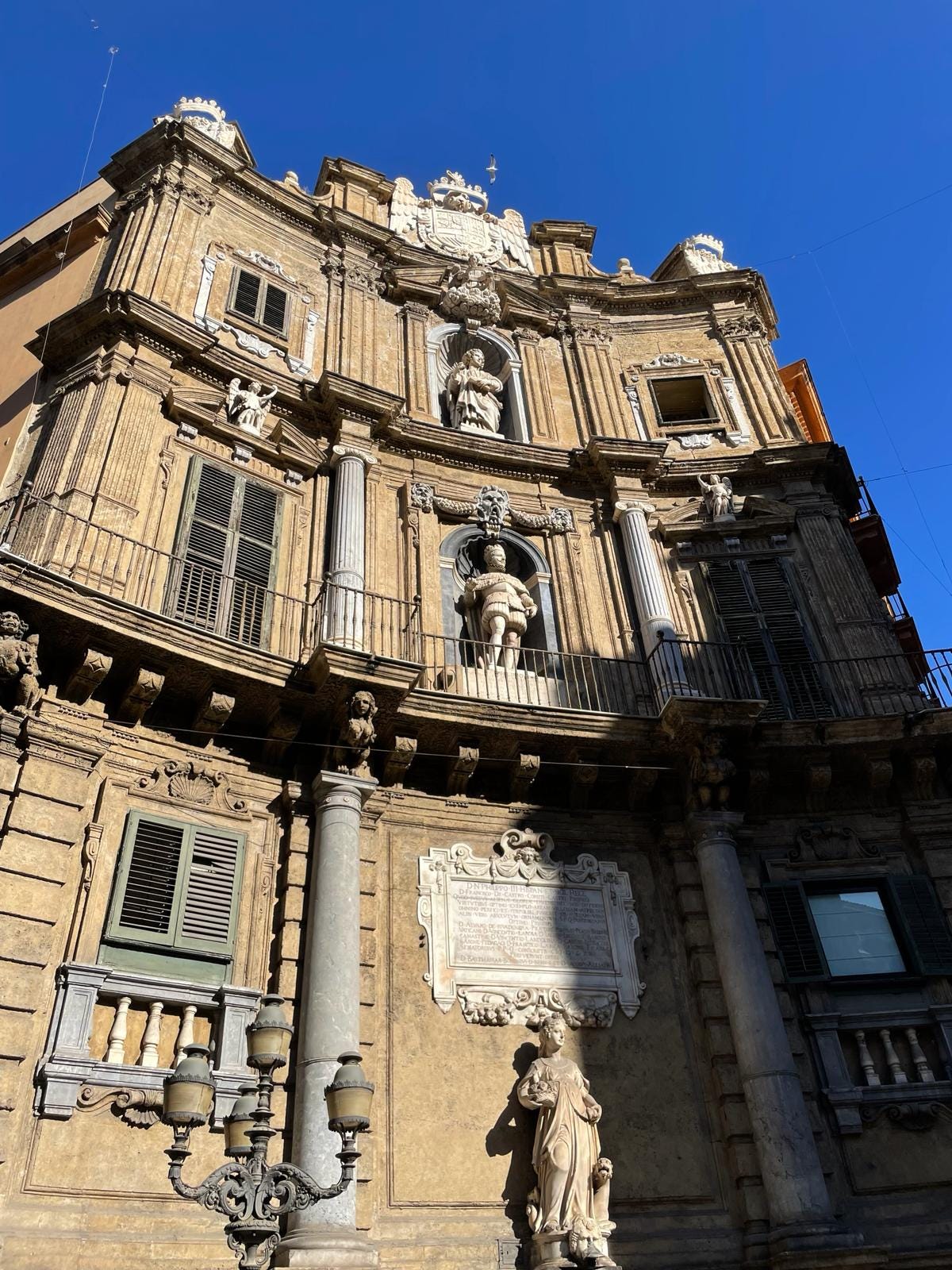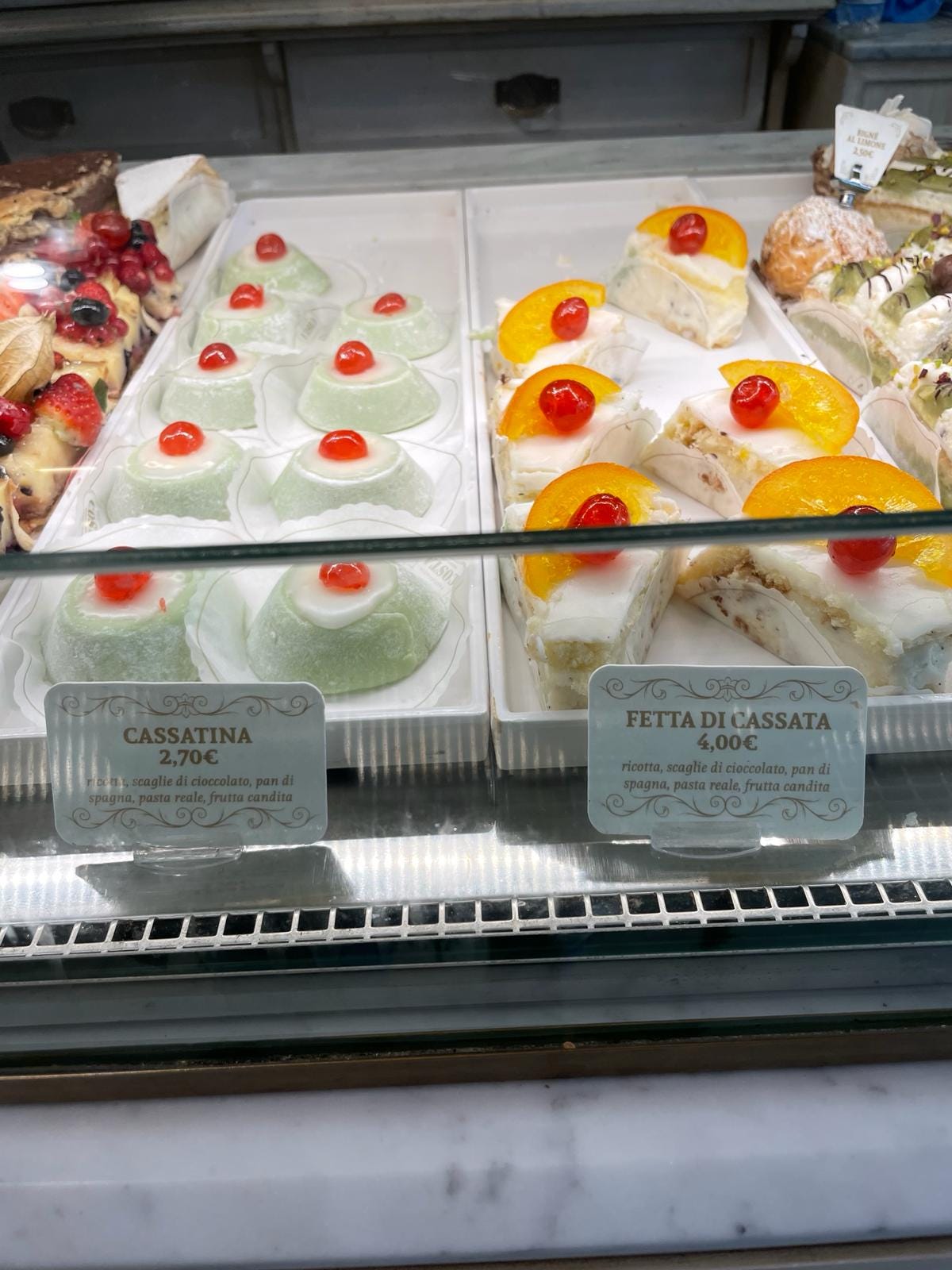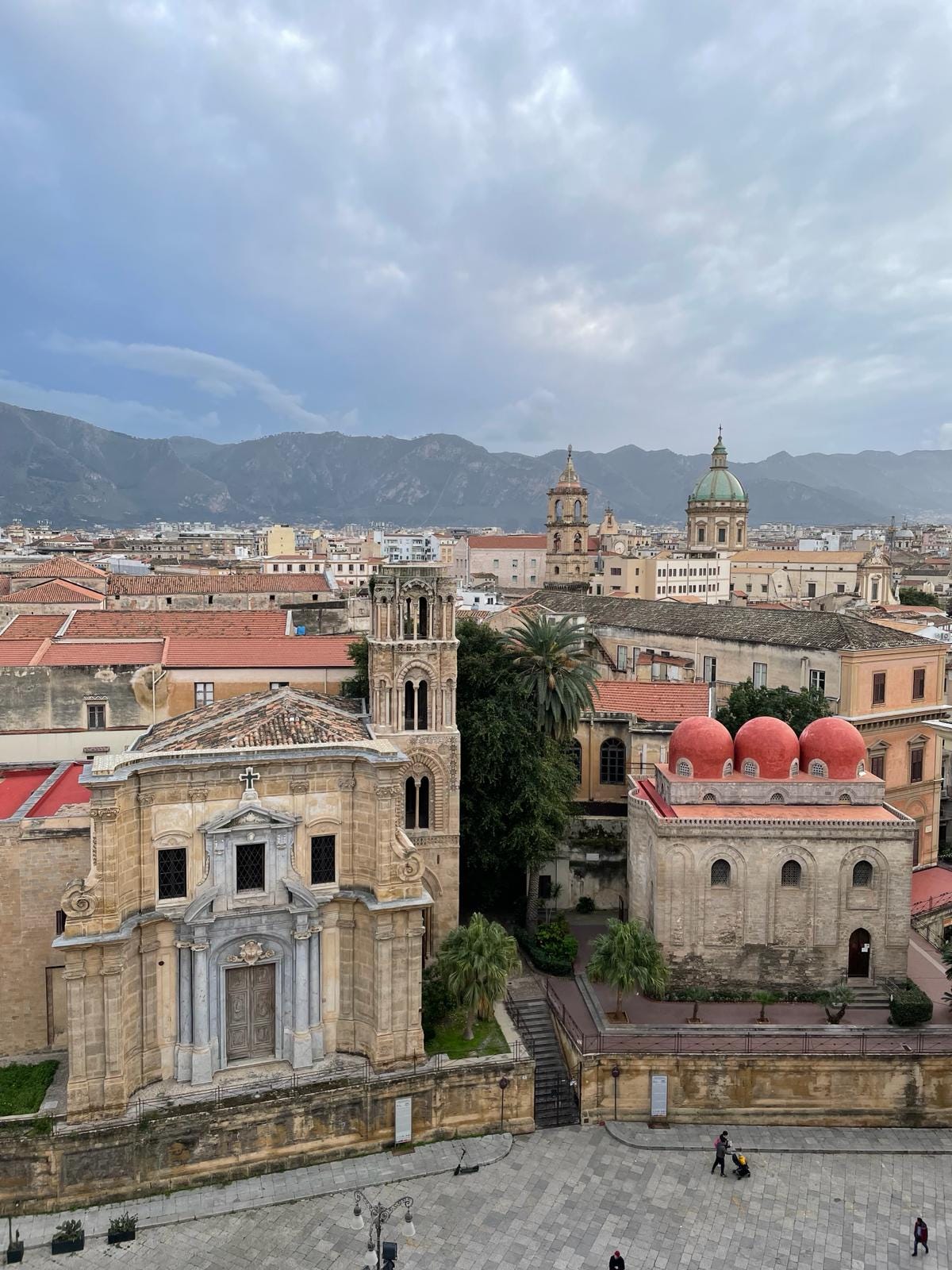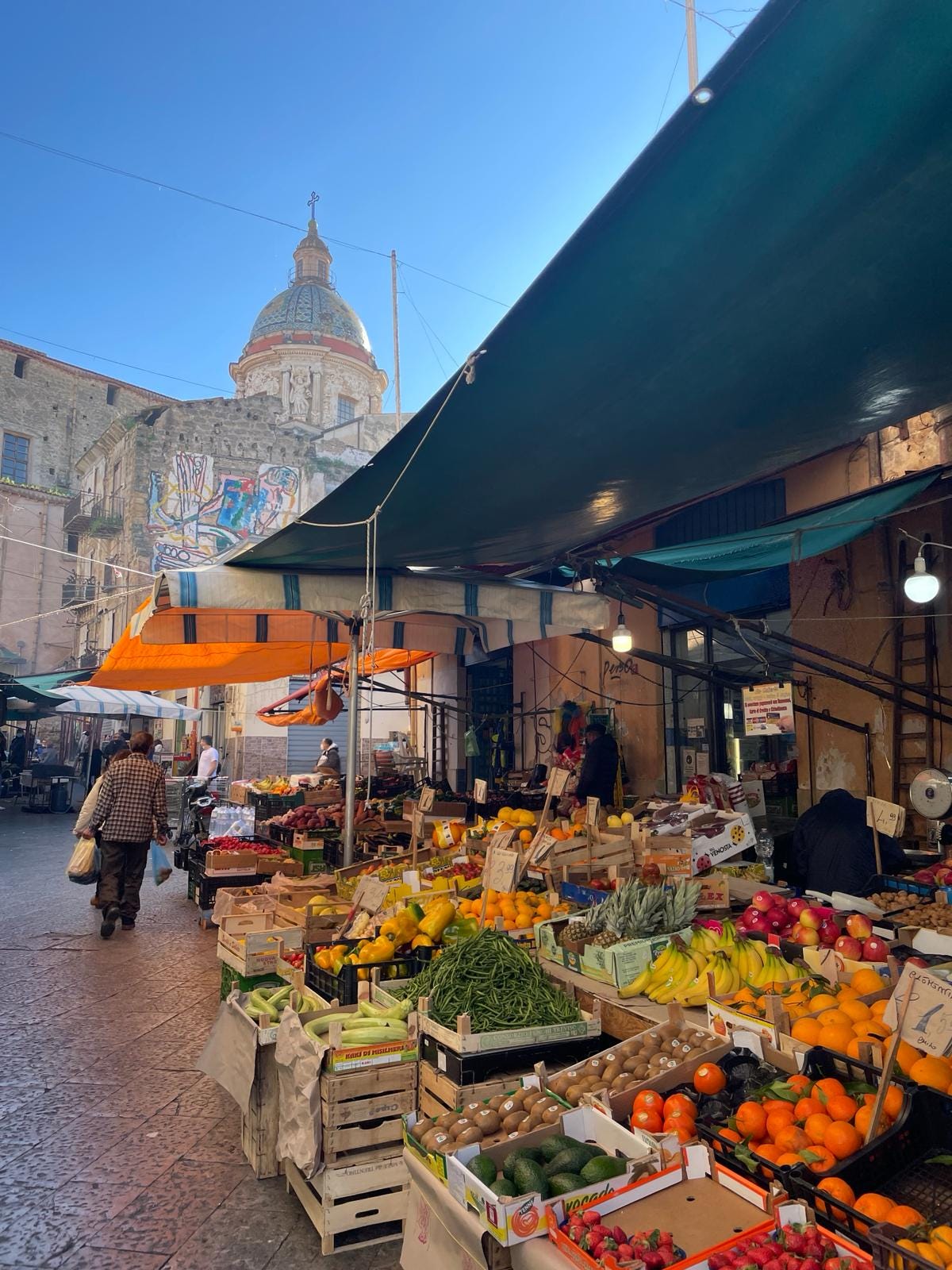If you're seeking the ideal city break destination in Europe, consider visiting Palermo, Sicily’s vibrant capital. Shaped by a myriad of colonizations, the city was originally founded by the Phoenicians and subsequently inhabited by the Greeks, Carthaginians, Romans, Byzantines, Arabs, Normans and Spaniards. Each of these civilizations has left its mark on the city, resulting in a captivating tapestry of cathedrals, red earth-colored domes, mosaics, muqarnas ceilings, and majolicas.
While Palermo's reputation has evolved beyond the bloodshed and turmoil of the Mafia wars, it's essential not to forget those who dedicated their lives to fighting against it.
When traveling from Punta Raisi airport to Palermo city center near the Capaci highway exit, you'll notice a towering red obelisk. This is where, in 1992, famous Italian judge Giovanni Falcone, his wife and members of their security detail were killed in a catastrophic explosion.
Giovanni Falcone was a magistrate who devoted much of his professional career to combating the power of the Sicilian Mafia, culminating in the Maxi trial. In retaliation, the council of top bosses, led by Riina, ordered Falcone's assassination as a demonstration of Mafia’s dominance. Four hundred kilograms of explosives were placed in a culvert under the highway between Palermo International Airport and the city of Palermo, near the town of Capaci. The explosion was so powerful that it registered on local earthquake monitors.
One way for visitors to responsibly learn about the Mafia's impact on Palermo - and support those fighting against it - is to engage with Addiopizzo. Established in 2004, this grassroots movement has cultivated a community of businesses and citizens who refuse to pay the pizzo - the extortion/protection money the Mafia demands at will. While most of the organization's efforts may not be immediately visible or relevant to travelers, an offshoot called Addiopizzo Travel aims to raise awareness of the issue, shift perceptions, and bolster the revenues of businesses that reject paying the pizzo.
For a nuanced yet light-hearted portrayal of the Mafia Wars and Palermo, I highly recommend watching The Mafia Kills Only in Summer. Set in Palermo, the film follows the journey of young Arturo, who dreams of becoming a journalist and has harbored feelings for Flora since childhood. Arturo's clumsy attempts to win her affection unfold alongside his city's gradual awakening to the presence of Cosa Nostra.
After this necessary diversion, let's move on to lighter topics.
The baroque square of Quattro Canti divides the city into four historical districts: Kalsa, Albergheria, Capo and Vucciria. The four fountains proudly represent the four ancient rivers that flowed through the city of Palermo.
Here, you shouldn’t miss Bisso Bistrot, a casual yet lively restaurant offering typical Sicilian dishes at affordable prices. Don’t forget to visit Pasticceria Costa, where you can indulge in cassata and setteveli, two classic Sicilian desserts dating back to 1700.
Not far from Quattro Canti is Piazza Pretoria, also known as the square of shame, due to the thoroughly naked statues of nymphs, tritons, and leaping river gods adorning the magnificent circular fountain .
From here, you can head to Piazza Bellini, where you can truly admire the mix of different architectural styles from various periods. Here, you'll find the Norman church of Santa Maria dell’Ammiraglio, also known as La Martorana. Next to it is the Chiesa di San Cataldo with its distinct faded red domes.
Across the square stands the baroque Chiesa di Santa Caterina. Adjacent to it is the clausura monastery where nuns craft traditional Sicilian pastries like cannoli, cassate and frutta martorana.
In the Albergheria district, a must-visit destination is the awe-inspiring Palazzo dei Normanni and its jewel, the Cappella Palatina. These architectural marvels showcase the rich history and cultural heritage of Palermo, with intricate mosaics, ornate decorations and breathtaking craftsmanship.
Additionally, a visit to the decadent ruins of Chiesa di San Giovanni degli Eremiti is highly recommended. This ancient church, adorned with distinctive red domes, is surrounded by lush greenery, creating a picturesque scene that will transport you back in time.
All these cultural stops are bound to work up your appetite and Sicily is a foodie heaven. On the streets and stalls of Palermo, eating street food is not just a culinary experience but an essential cultural activity.
FOOD MARKETS
Palermo boasts three main food markets: Ballarò, Vucciria, and Mercato del Capo.
Among them, the Capo Market was definitely my favorite and the most frequented by locals for its wide array of fruits, vegetables, meat, fish, bread and spices. Near the Capo Market lies Enoteca Buttice, another spot where you can enjoy good wine and delicious food for lunch or dinner.
Ballarò: this bustling marketplace offers a kaleidoscope of colors, aromas, and sounds. As you weave through the narrow alleys, you'll encounter a lively array of vendors selling an eclectic mix of fresh produce, aromatic spices, local cheeses, cured meats, and seafood straight from the Mediterranean.
Vucciria – though more modest in its offerings of fruits and vegetables compared to the other markets, it still buzzes with activity and serves as a bustling meeting point. For an authentic experience, visit Taverna Azzurra in the evening.
Close to Vucciria, you'll find the charming Edizioni Precarie. If you have an affection for notebooks or stationery, be sure to visit this establishment opened in 2013 by Carmela Dacchille. One of her creations, Letter Food Paper, narrates the tales of Palermo's historic markets by repurposing meat, fruit, and cheese wrapping papers as writing material.
Between Vucciria and Piazza Bellini, the nightlife thrives. Consider options like Monkey Pub in Piazza Sant’Anna or St’Orto, which often hosts live music.
STREET FOOD TO TRY
Sfincione: a soft, thick-crusted pizza topped with tomato sauce, onions, grated caciocavallo cheese and oregano.
Arancine: fried rice balls, filled with various ingredients, are a quintessential Sicilian street food. In Palermo, they are referred to in the feminine form, arancina, due to their round shape resembling an orange. Start with the traditional flavors, such as arancina al burro (with butter, mozzarella, and prosciutto) and arancina a carne (with meat). A recommended spot to enjoy these delights is Bar Vabres, known for its specialty coffee and partnership with Etna Roaster.
Pane ca meusa: probably the most typical street food in Palermo. For adventurous eaters, this is a small loaf of bread traditionally filled with veal spleen. Porta Carbone, is a popular spot to try this unique street food. It consists in a small bread loaf, cut in two and filled with veal spleen—can be schietto (seasoned with just lemon) or maritato (with the addition of ricotta and caciocavallo cheese).
Panelle and Crocché: chickpea flour fritters and fried potato croquettes are street food classics. Friggitoria Chiluzzo is renowned for its fried delights, with a must-try being the sandwich with panelle e crocché, which you can enjoy with a splash of lemon.
In the area between Porta Carbone and Friggitoria Chiluzzo, there are a few stops worth mentioning.
For art lovers, Palazzo Butera is an extraordinary place, built by the prestigious Branciforti family, who entrusted the project to well-known Baroque architect Giacomo Amato. In 2016, Palazzo Butera was purchased by collectors Massimo and Francesca Valsecchi, who began restorations and converted the space into an art museum. The enormous Valsecchi collection, now on display, is composed of archaeological pieces, exquisite porcelain, early 20th-century furniture, and unique pieces of contemporary art.
Also for art and architecture lovers, Palazzo Abatellis hosts the Sicilian Gallery of Art, home to an impressive array of masterpieces by renowned Sicilian artists such as Antonello da Messina, Pietro Novelli and Renato Guttuso. One of the most notable attractions within Palazzo Abatellis is the stunning Triumph of Death fresco, attributed to an unknown artist from the Sicilian School.
Carlo Scarpa, one of Italy's most renowned architects, left his mark on Palazzo Abatellis during its restoration in the mid-20th century. Scarpa's interventions aimed to preserve the historical integrity of the palace while integrating modern design elements. Scarpa's influence can be seen in the subtle yet impactful changes made to the interior spaces, such as the strategic placement of lighting fixtures to accentuate architectural features and artworks.
If the idea of getting lost amidst the crumbling baroque facades, exploring a city of contrasts, and marveling at decadent architecture while discovering amazing street food appeals to you, then Palermo is the perfect destination.
Where to Sleep:
L’Olivella: Elena has opened the doors of her house to those who want to discover the city through the eyes of a traveler. In a “liberty” style building that was for years a famous silver factory, Elena has renovated the ancient rooms of her great grandfather’s residence to offer guests a pleasant and charming stay, with an informal and warm atmosphere.














Grazie! This will be a fantastic resource when we visit Palermo in early May. So excited!